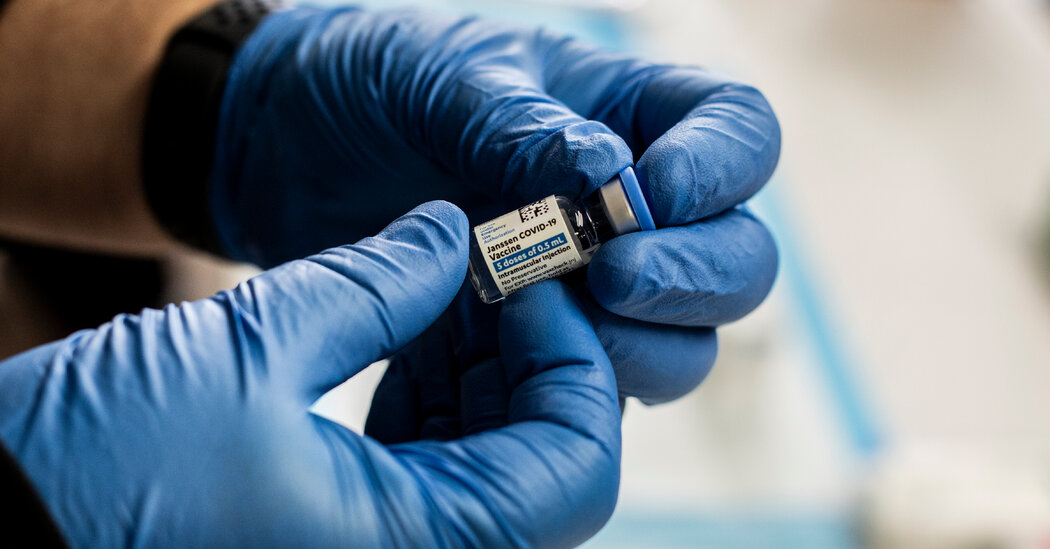
She said the C.D.C. had talked to health providers for young women, including the American College of Obstetricians and Gynecologists. The pause and investigation into the rare disorder, she added, should give the public confidence in the system used to monitor vaccine safety.
Nearly 8 million doses of the Johnson & Johnson vaccine have now been administered. Among men and women who are 50 or over, there has been less than one case per million doses.
Roughly 10 million doses or more of the Johnson & Johnson vaccine, produced at the company’s factory in the Netherlands, are sitting on shelves across the United States and could be deployed immediately. Several states, including Texas, Alabama, Utah and Wisconsin, said they expected to follow the recommendations of the C.D.C. and F.D.A. once the decision was made.
Dr. Walensky said that she heard intense interest from governors about resuming use of the shot.
“They wondered why we had paused and they were anxious to have this back, have an opportunity for a single-dose vaccine, for a one-and-done possibility,” she said.
The vaccine has immense potential benefits. If vaccinations resume for all adults, 26 to 45 cases of the clotting disorder would be expected over the next six months, according to a model that Dr. Sara Oliver, a C.D.C. scientist, presented at Friday’s meeting. However, 600 to 1,400 fewer Covid-19 related deaths would be expected over the same time period.
The vaccine, which is easy to store and requires just one shot, is also especially well-suited for use in hard-to-reach populations, including people who are homebound, homeless, or incarcerated.
Additional potential cases of the clotting disorder, including some in men, are currently being reviewed. Dr. Shimabukuro also mentioned one case that developed in a 25-year-old man who participated in a clinical trial of the vaccine.
